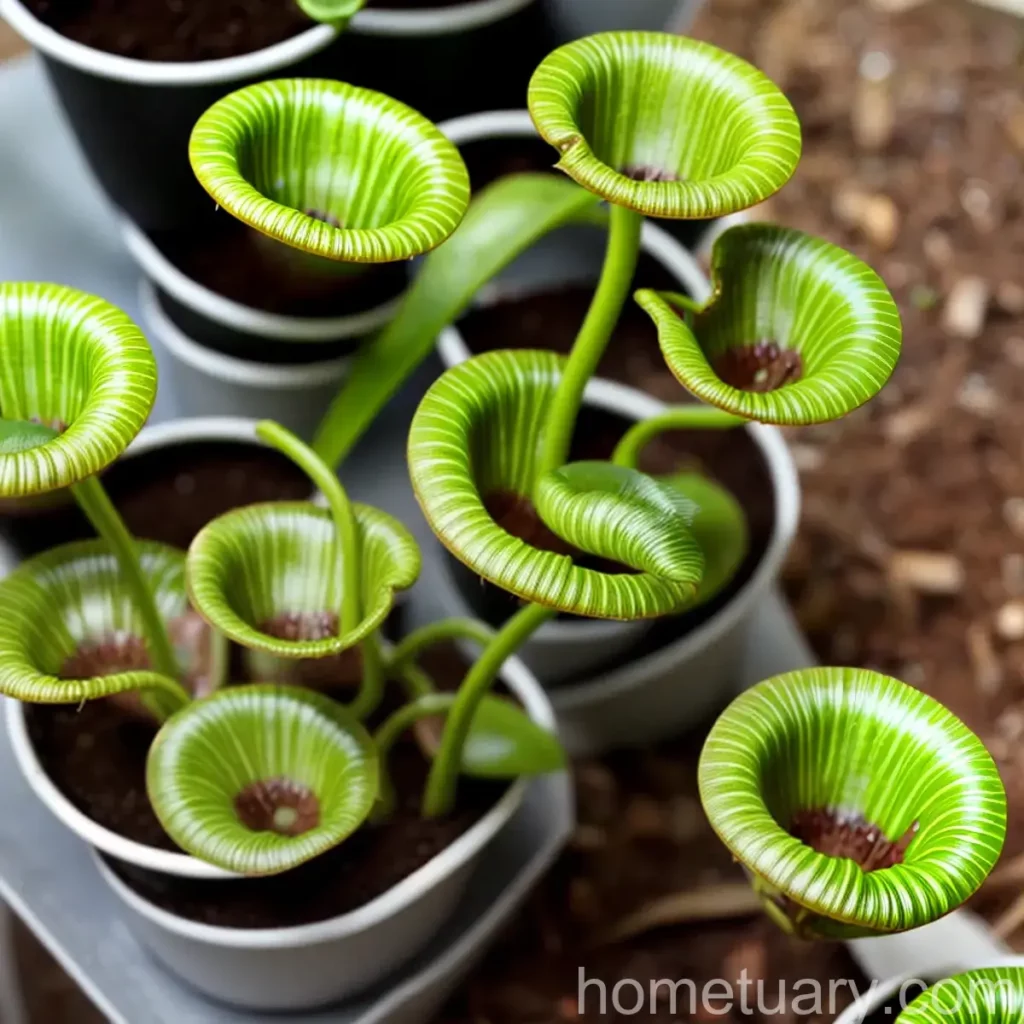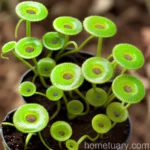Venus Fly Trap (Dionaea muscipula ‘Cup-shaped’)
Introduction
Plants have a remarkable ability to capture our imagination, and few do so more than the Venus fly trap (Dionaea muscipula ‘Cup-shaped’). This captivating carnivorous plant is renowned for its unique and unusual ability to trap and consume insects. In this comprehensive guide, we will explore every aspect of the Venus fly trap, from its cultural significance and uses to its specific care requirements and propagation methods.
What is a Venus Fly Trap?
The Venus fly trap (Dionaea muscipula) is a fascinating and iconic carnivorous plant native to the bogs and swamps of North and South Carolina in the United States. It is a member of the Droseraceae family and is known for its specialized leaves that form snap traps, which are used to capture and digest insects.
Key Takeaways
Let’s dive into the key takeaways for the Venus fly trap (Dionaea muscipula ‘Cup-shaped’):
-
Venus Flytrap Varieties: There are several varieties of Venus fly traps, each with its own unique characteristics and adaptations.
-
Carnivorous Plants: The Venus fly trap is part of the fascinating group of plants known as carnivorous or insect-eating plants.
-
Carnivorous Plant Care: Proper care for carnivorous plants, including the Venus fly trap, involves understanding their unique feeding and environmental needs.
Now that we have an overview of the Venus fly trap, let’s explore its culture, uses, and the specific environmental conditions it requires for optimal growth and health.
Culture
Uses
The Venus fly trap’s unique ability to capture and digest insects serves several important ecological purposes. In its natural habitat, this carnivorous plant helps to control insect populations and plays a role in nutrient cycling within the ecosystem. Additionally, Venus fly traps are also cultivated for educational and scientific purposes, as they provide an intriguing subject for the study of plant adaptations and carnivory mechanisms.
Water
Proper watering is essential for the health and well-being of Venus fly traps. They require consistently moist, but not waterlogged, soil. Utilize distilled water, rainwater, or water with very low mineral content to avoid the build-up of harmful salts in the soil, which can damage the plant.
Sunlight
Venus fly traps thrive in bright, indirect light. When grown indoors, they should be placed near a window that receives filtered sunlight. When grown outdoors, they can benefit from partial shade during the hottest parts of the day.
Fertilizer
Unlike most plants, Venus fly traps do not require traditional fertilization. They obtain essential nutrients from the insects they capture and digest. Fertilizing these plants can be harmful and should be avoided.
Soil
The soil for Venus fly traps should be low in nutrients and very well-draining. A 50:50 mix of sphagnum peat moss and perlite or horticultural sand is commonly recommended.
Pruning
Pruning requirements for Venus fly traps are minimal. It is essential to remove any blackened or dead portions of the leaves or traps to maintain the overall health and appearance of the plant. Use clean, sharp scissors or pruning shears to make precise cuts, taking care not to damage the remaining portions of the plant.
Propagation
Propagating Venus fly traps can be done through the division of rhizomes, leaf cuttings, or by seed. Each method has its own requirements and challenges, but overall, Venus fly traps can be successfully propagated with proper care and attention.
Container
The choice of container for Venus fly traps is crucial. It must provide adequate space for the plant’s rhizome to expand and should have drainage holes to prevent overwatering. Plastic or glazed ceramic pots are often recommended, as they retain moisture better than unglazed ceramic or terracotta pots.
Popularity
This remarkable plant has gained widespread popularity due to its captivating appearance and intriguing feeding behavior. It is heavily featured in botanical gardens, educational settings, and private collections, captivating both plant enthusiasts and curious minds alike.
Common Diseases
Venus fly traps are relatively resistant to most diseases that affect typical garden plants. However, they can suffer from fungal or bacterial infections if exposed to excessively moist conditions or if their environmental requirements are not adequately met.
Disease Diagnosis
Common signs of disease in Venus fly traps include discoloration of leaves, the presence of mold or mildew, and a general decline in the plant’s health. To diagnose and treat these issues effectively, it is crucial to maintain appropriate cultural conditions and promptly address any signs of disease.
Common Pests
Despite their carnivorous nature, Venus fly traps are not immune to pest infestations. Common pests that can affect these plants include aphids, spider mites, and fungal gnats. Vigilance and early intervention are essential to prevent these pests from negatively impacting the plant’s health.
Botanist’s Tips
- Provide Adequate Drainage: Ensuring that the pot has proper drainage is crucial to prevent waterlogged soil, which can lead to root rot and other moisture-related issues.
- Use Distilled Water: To prevent mineral build-up and maintain proper soil pH, water Venus fly traps with distilled or rainwater.
- Avoid Overhandling: While it may be tempting to trigger the traps for entertainment, excessive handling can lead to a waste of the plant’s resources and diminish its overall health.
Fun Facts
- Charles Darwin referred to the Venus fly trap as “one of the most wonderful plants in the world.”
- Venus fly traps can close their traps in a fraction of a second when triggered by an insect, making them one of the fastest moving plants on Earth.
- Insects play an essential role in the Venus fly trap’s life cycle, providing necessary nutrients that enable the plant to thrive in nutrient-poor habitats.
Links to External Resources
For additional information on Venus fly traps, consider exploring the following resources:















